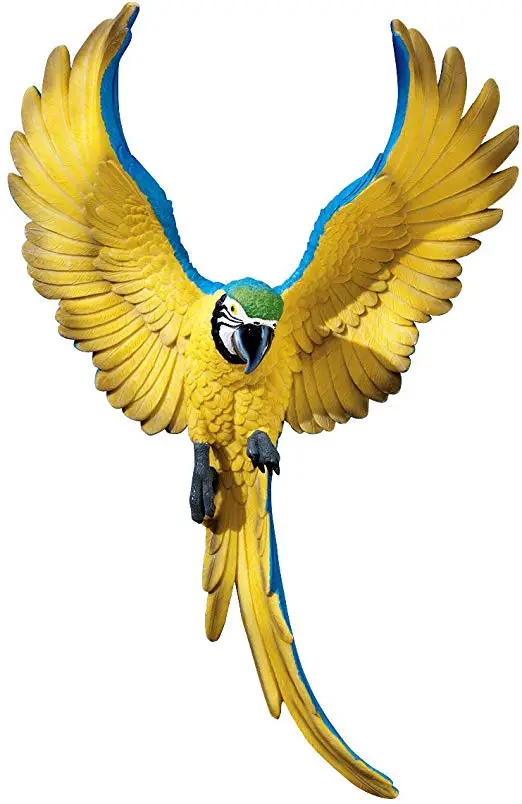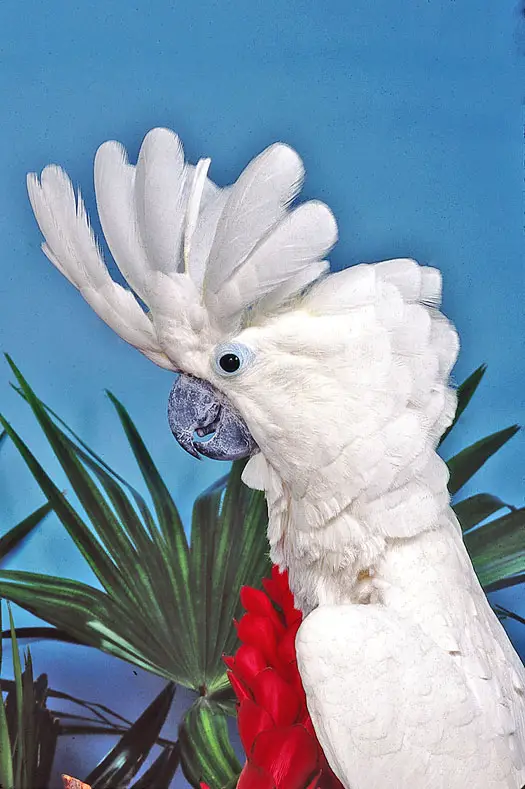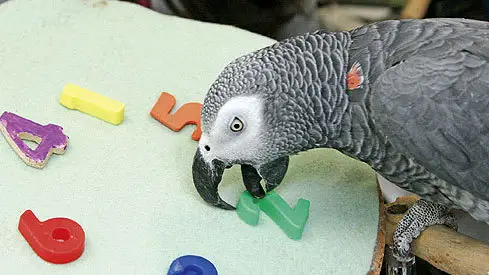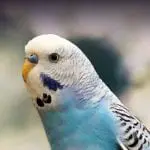Having a pet parrot can be one of the most delightful things in the life of any pet owner. These birds are fun to be with and are downright silly because of their antics and their amazing talents at mimicking human speech. Most of the time and if healthy and happy, parrots are also very affectionate animals that can easily show you their lovable and caring side, especially if you are also just as loving and caring towards it.
Parrots, in a way, also show their caring side through other means such as their body language. Of course, this is also how they try to communicate with you because they naturally cannot speak to you (speech mimicry is not speaking). So, in that case, there is a need for you to understand what they are trying to tell you with their movements by knowing how to read a parrot’s body language
Vocals
Aside from using their bodies, parrots are also known for actually talking or vocalizing what they want to tell you. This is quite common if they are trying to warn their fellow parrots of an incoming threat or if they are simply trying to socialize with you or their fellow birds. Here are some of the common vocalizations that you may notice from your parrot:
Singing
Parrots are known to sing regularly. This is a sign that your parrot is actually enjoying its life because of how happy and healthy it is. Singing is also a sign that the parrot enjoys the audience and is fond of having people around when it is singing.
Chattering
The chattering sound that parrots make is an indication that it may be trying to mimic some sort of sound or that it actually wants to talk. This can be either loud or soft, depending on the parrot. The parrot is trying to grab your attention whenever it is chattering louder than usual.
Growling
The growling or purring sound that the parrot makes is soft compared to the type of purring you are used to hearing from cats. This sound can be a sign that the parrot is contented with its life or perhaps that it is actually annoyed with what is happening. If the growling is loud enough, that means that the parrot might be trying to show some sort of aggression. However, strong growling is quite uncommon in pet birds as they are known to be mild-mannered compared to parrots caught in the wild.
Wings

Parrots are fond of using their wings as a means of communicating. That means that their wings are not merely for flying but also for telling a story. Here are the things the parrot is telling you whenever it is using its wings for communicating:
Flapping in place
Whenever you see the parrot flapping its wings, it means that it is trying to grab your attention. However, this can also mean that it is just happy. At times, wing flapping in place is a sign that the bird is exercising or stretching its wings.
Flipping
When you see your parrot flipping its wings, it could mean a lot of things. There are times when the parrot is flipping its wings to show that it is agitated or angry or that it is feeling some sort of pain. However, flipping sometimes does not mean anything, as the parrot may just be fluffing its feathers in place. But if it is also bobbing its head, it might be trying to grab your attention because it wants a treat.
Drooping
Always be alert whenever your parrot is drooping its wings. That is because this means that the bird is tired. The parrot may droop its wings when it feels exhausted because it actually is feeling ill. At times, the drooping simply means that the parrot just feels tired after bathing.
Feathers

The parrot may also use its feathers to try to tell you something. That means that you should also pay attention to how the parrot positions its feathers or the crest on its head if you have a parrot that has a crest. These are the signs you should look for:
Crest
If you have a parrot that has a crest (such as a Cockatiel or a Cockatoo), you should really look at its crest and how it is positioned because the parrot is certainly telling you something with the way it positions the feathers on top of its head. The happy or contented type of parrot will position its crest in a position that is held back. But when it tilts the feathers up, it means that it is happy or that it is exciting (such as when you are about to feed it or if you have a toy for it).
Quiver
Whenever the parrot is quivering its feathers, it can mean that it is threatened or frightened of something. At times, the quivering of its feathers is related to a mating ritual.
Ruffling
Ruffling is quite common during the bird’s preening process, which is when the bird is about to remove the coating on its new feathers whenever it is molting. The reason why they do this is to remove any sort of dust or dirt on the feathers before they preen them using their beaks. Ruffling can also be common if the bird is feeling cold or if it just simply wants to relieve some sort of tension that it is feeling at that time.
Head and beak

Parrots are quite known for using their heads and beaks to try to communicate with their owners and with fellow parrots as well. There can be plenty of things a parrot is trying to tell you when it is using its head and its beak for communicating with you:
Bobbing
A parrot bobbing its head is actually very common. This happens when the parrot is trying to grab your attention because it wants something from you. It can also be accompanied by other movements such as flapping. When the parrot is bobbing its head, give it the attention it needs or try to give it some treats.
Shaking
Head shaking is commonly observed in African Grey Parrots. However, there is no certainty as to why such parrots shake their heads. It might be because it is trying to grab your attention. It may also mean nothing at all.
Grinding
If you hear the parrot grinding its beak, it means that it is contented and happy. At times, it simply is an exercise to make sure that the beaks are in the best condition possible.
Biting
While biting is not commonly observed in domesticated parrots, this is nonetheless still an observed behavior. A parrot that bites is a sign that it is aggressive or unhappy with its living conditions. Aggression in parrots may mean a lot of things such as stress or when it is feeling threatened. Check the parrot’s living conditions or immediate environment to get to the bottom of the reason why it is biting. This is a behavior that is more common in parrots that were caught in the wild as they may feel threatened or are simply used to defending its territory from potential predators.
Chewing
Chewing is a behavior that may mean something or nothing at all. A bird may try to chew even when there is nothing in its mouth to try to keep its beak in the best condition possible. However, it may also mean that the parrot is simply fond of chewing.



